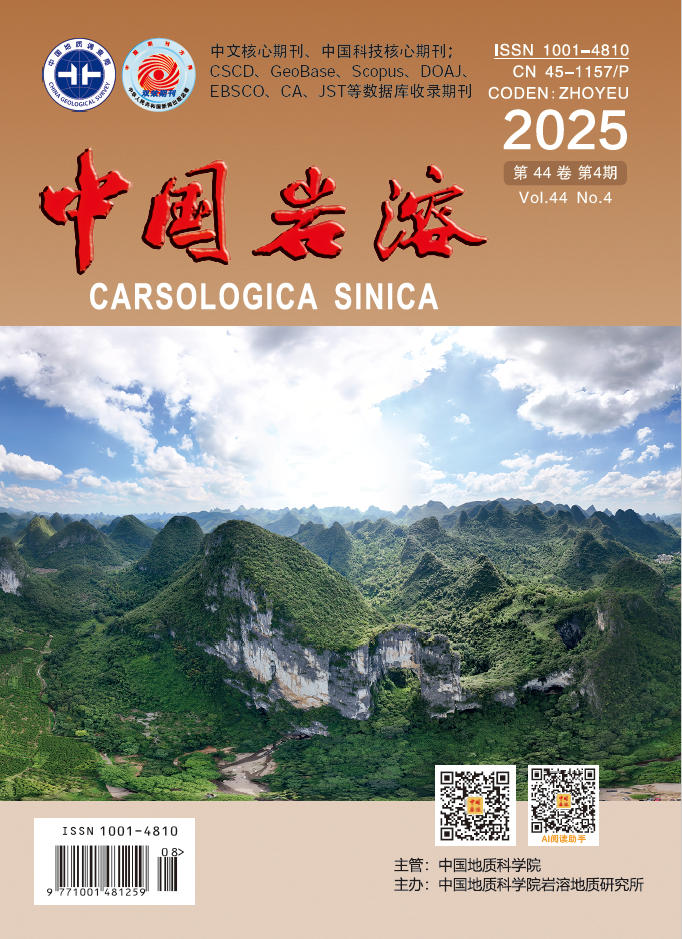2020, 39(6): 873-882.
doi: 10.11932/karst20200608
Abstract:
The Mengzi fault-depression basin is a typical karst rocky desertification area, Yunnan Province. This area has serious soil erosion and leakage, difficult groundwater utilization, and prominent ecological water shortages, which seriously affect the integrity and health of the regional ecosystem. The purpose of this study is to help better solve the problems of severe water resources shortage and ecological environment problems, and provide reasonable suggestions for the agriculture development in this area. We estimate the reference evapotranspiration, ecological water requirements, and the artificial irrigation water requirements of different crops by using the Penman-Monteith formula, crop coefficients (FAO recommended) and the effective rainfall during the same period at three observation sites (Dawazi, Duogu and Niuerpo) of Mengzi in 2018. The results show that,(1) The reference evapotranspiration of these three places were 1,346.10 mm, 1,200.00 mm and 1,064.30 mm, respectively, much more than the effective rainfall in the same period, indicating the climatic characteristics of strong evaporation, which increased the requirements of crops for water. At the same time, the reference evapotranspiration at three observation points exhibits obvious spatial and temporal differences, which make their agricultural planting conditions different;(2) The ecological water requirements quota of rice, wheat, peanut, rapeseed, soybean, potato and grape grown are much greater than the effective rainfall during the same time in Dawazi, indicating that all the crops planted there require massive irrigation to ensure their normal growth. There is a low matching degree between the kinds of planting crops and the planting background conditions, indicating that the agricultural planting structure in the basin needs to be adjusted in the future;(3) The difference between the effective rainfall and the ecological water requirements quota for corn and marigolds planted in Duogu and Niuerpo in the same period is small or even nearly matched, indicating that the planting of corn and marigold in the mountainous areas matches the local planting conditions.While the difference between the effective rainfall and the ecological water requirement of apple, flue-cured tobacco planted in Duogu and Niuerpo in the same period is large, indicating that large amounts of apples and flue-cured tobacco planted in plateau mountainous areas require more artificial irrigation;(4) The water required by most crops in their growth and development stage in the study area mainly depends on the artificial irrigation, which does not well match with the law of effective rainfall, implying that the agricultural structure and agricultural planting patterns need to be adjusted in this region.In conclusion,this study suggests that some crops with less water consumption and higher heat requirements are suitable for planting in the basin. While some crops with better ecological protection and economic benefits are suitable for planting in the karst mountainous areas.






